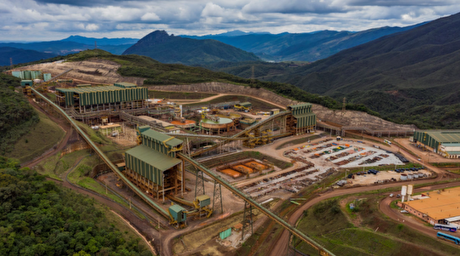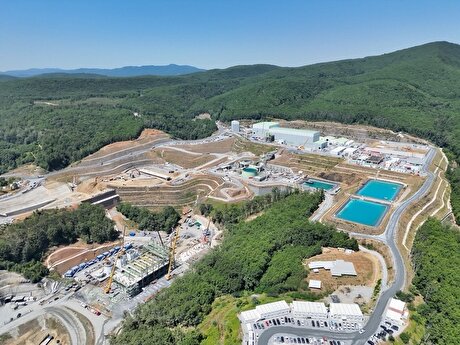
TALEX casthouse in ABU DHABI - Successful Start of Operation

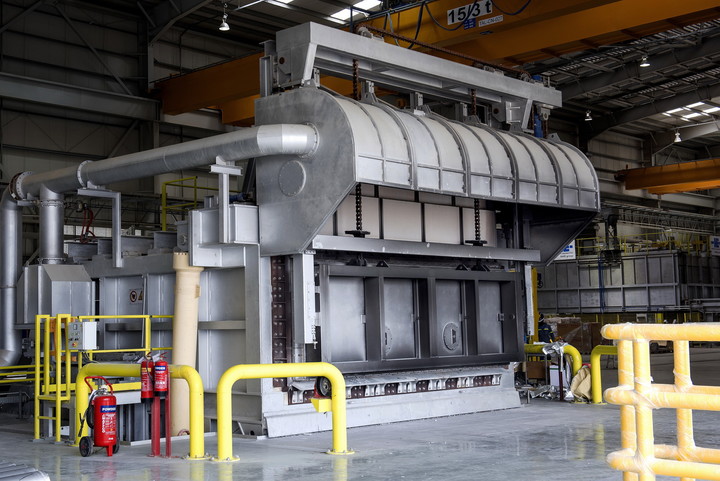
Casting furnace, capacity 30 tons
The new TALEX extrusion plant in Abu Dhabi operates using its own extrusion billets. The casthouse, which started operating in February 2016, was built as a turnkey plant by Hertwich Engineering. After the (now completed) first expansion stage the annual output will be around 30,000 to 40,000 tons of extrusion billets.
In the first expansion stage TALEX set up two extrusion lines and a casthouse for extrusion billets. In addition to recycling scrap from the company's own production and scrap from the co-operation partner Gulfex also molten metal from the adjacent smelter will be processed. The material supplied by Hertwich includes a charging machine for scrap, featuring a charge weight of up to 3 tons, an Ecomelt-PR80 multi-chamber melting furnace, a casting furnace with a capacity of 30 tons, equipment for melt refining, a cooling water plant and a vertical casting machine, including HYCAST GC (gas cushion) molds. Hertwich's supply scope also comprised a complete continuous homogenizing line including an ultrasonic testing unit and a sawing and packing station.
The plant has been designed for the subsequent integration of a second casting furnace and a batch-type homogenizing unit. With this equipment, the plant's planned capacity and alloy variation will be reached in the final stage.
At TALEX an "Ecomelt PR" two-chamber furnace with a preheat ramp was installed, which is particularly suitable for melting post-consumer scrap containing moderate amounts of volatile organic compounds (V.O.C). The Ecomelt-PR 80 melting furnace type is designed for a melting performance of 4 tons per hour. The concept is based on a multi-chamber furnace in which the processes of preheating, gasification of organics and melting are combined in a single unit.
The material to be melted is deposited at the preheat ramp above the melt bath level by the charging machine. There, it is preheated to around 500°C, during which time the VOC's contained within the scrap are gasified and used to generate energy. The heated material is pushed directly into the metal bath of the melting chamber, where it is completely immersed in the bath and melted. As a result the melt loss is reduced to a minimum. The molten metal is circulated between the melting and main chambers by an electromagnetic pump.
The melt is transferred via a launder system from the Ecomelt melting furnace to the holding and casting furnace. The molten metal from there is sent to the casting station via the I-60 SIR inline degassing and filtration units. For degassing, filtration and the VDC casting process TALEX decided in favor of Hycast technology. The vertically cast logs are lifted out of the casting pit by a crane and laid down at a transfer station.
To obtain the desired structural condition, cast materials have to undergo a high-temperature annealing treatment (homogenization) before hot deformation. In this first expansion stage TALEX opted for continuous homogenizing.
Before entering the homogenizing furnace each individual log is checked for center cracks by ultrasonic inspection. For this, the logs are deposited on a storage magazine and then moved individually through the inspection station on a roller table. In the inspection method used in this case, two test heads are arranged at an angle of 90 degrees.
Logs free from defects pass through the homogenizing furnace orientated horizontally and arranged parallel to one another. In the first furnace section (heating zone) the logs are heated to the homogenizing temperature. In the subsequent holding zone they are held at that temperature for a certain time. At the end of the holding period the logs are transferred directly to the high volume air-cooling unit. The cooling station is followed by the saw for cutting off the head and butt ends to produce long billets between 4,000 and 7,500 millimeters. The cut billets are transported by a further roller table to a stacking machine and from there, finally, to a semi-automatic strapping station and onward to a weighing machine. The scrap produced at the saw is also disposed of automatically: the head and butt ends into a container, while the swarf is drawn off by suction and briquetted. All the scrap is returned to the melting furnace.
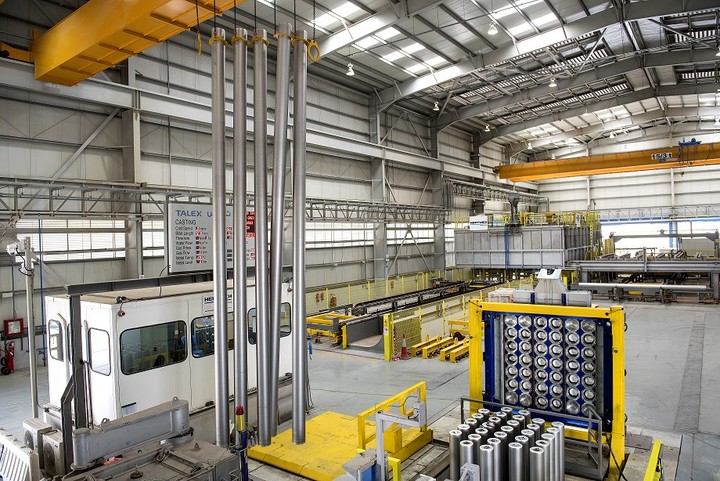
Vertical casting machine in the front, continuous homogenizing and sawing plant in the background.


First Quantum scores $1B streaming deal with Royal Gold
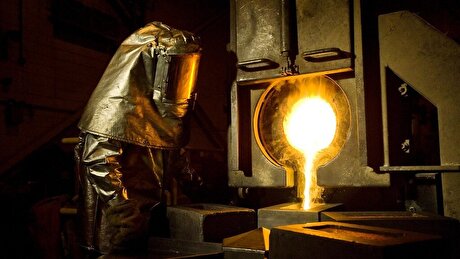
Newmont nets $100M payment related Akyem mine sale

Caterpillar sees US tariff hit of up to $1.5 billion this year
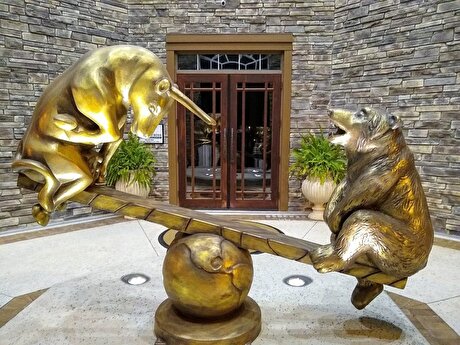
Gold price rebounds nearly 2% on US payrolls data

Goldman told clients to go long copper a day before price plunge

Australia pledges $87M to rescue Trafigura’s Nyrstar smelters in critical minerals push
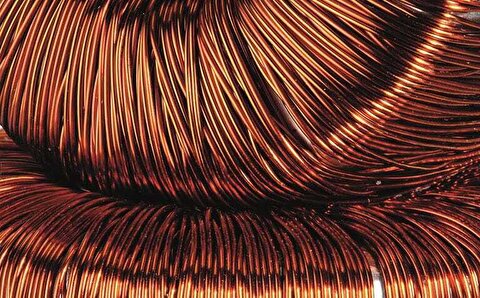
Copper price posts second weekly drop after Trump’s tariff surprise
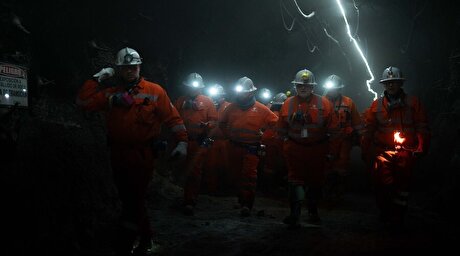
One dead, five missing after collapse at Chile copper mine
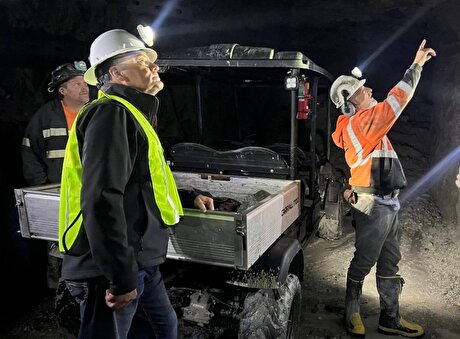
Idaho Strategic rises on gold property acquisition from Hecla

Century Aluminum to invest $50M in Mt. Holly smelter restart in South Carolina
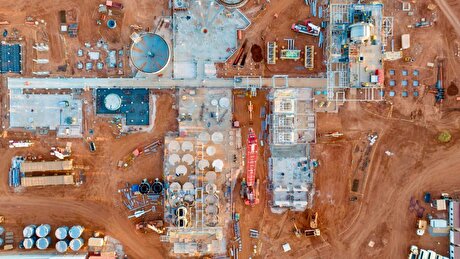
Australia to invest $33 million to boost Liontown’s Kathleen lithium operations
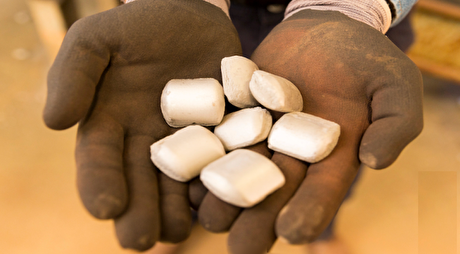
Glencore warns of cobalt surplus amid DRC export ban
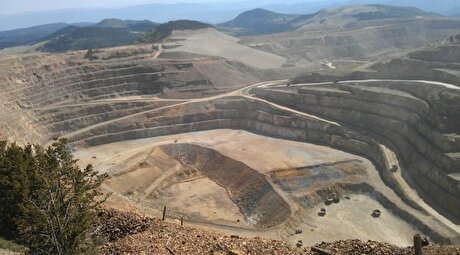
SSR Mining soars on Q2 earnings beat

A Danieli greenfield project for competitive, quality rebar production

China limits supply of critical minerals to US defense sector: WSJ
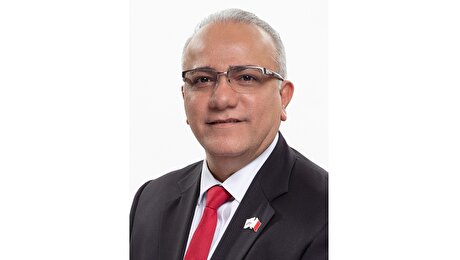
Alba Hits 38 Million Safe Working Hours Without LTI
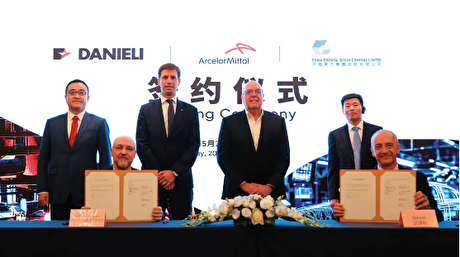
Advanced cold-rolled strip for China’s New Energy Vehicle market

Codelco seeks restart at Chilean copper mine after collapse

US slaps tariffs on 1-kg, 100-oz gold bars: Financial Times

Australia to invest $33 million to boost Liontown’s Kathleen lithium operations

Glencore warns of cobalt surplus amid DRC export ban

SSR Mining soars on Q2 earnings beat

A Danieli greenfield project for competitive, quality rebar production

China limits supply of critical minerals to US defense sector: WSJ

Alba Hits 38 Million Safe Working Hours Without LTI

Advanced cold-rolled strip for China’s New Energy Vehicle market

Codelco seeks restart at Chilean copper mine after collapse

US slaps tariffs on 1-kg, 100-oz gold bars: Financial Times
